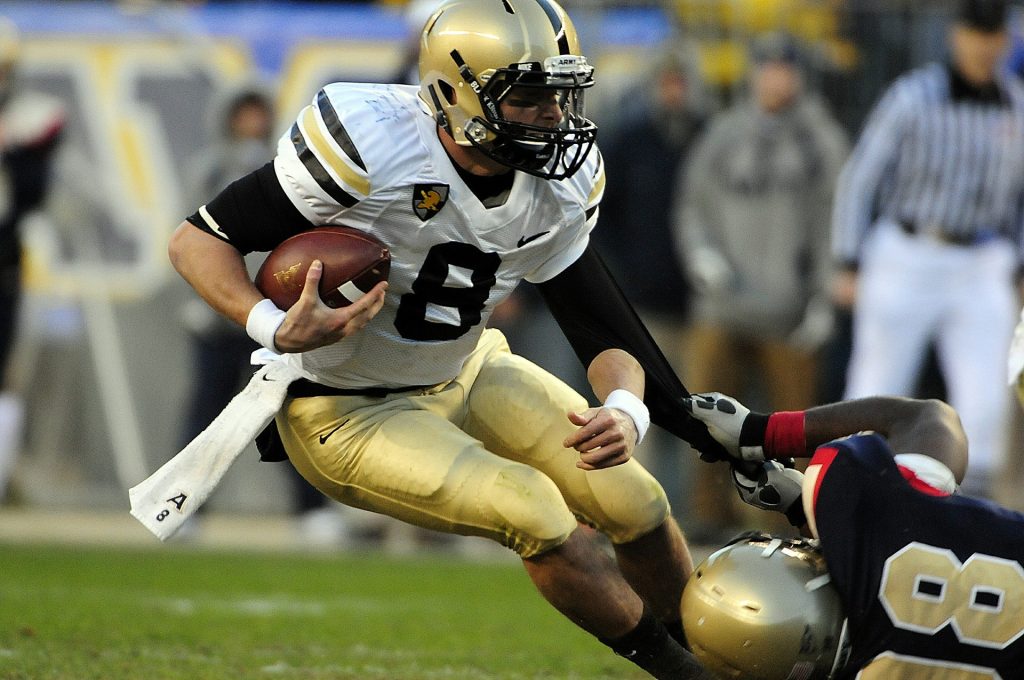When it comes to playing football, safety and mobility are two crucial aspects that can make or break your performance on the field. One piece of gear that often goes unnoticed but plays a vital role in ensuring both is the football girdle. Whether you’re a seasoned player or just getting started, understanding the function and benefits of a football girdle is essential for peak performance and protection.
In this guide, we’ll dive deep into everything you need to know about football girdles—what they are, why they’re important, and how they enhance both safety and mobility on the field.
What is a Football Girdle?
A football girdle is a type of compression gear designed to offer protection and support to key areas of the body, including the hips, thighs, and tailbone. Worn underneath the football pants, girdles have built-in pockets that hold padding to protect these areas from the intense impacts that are common in the game.
Girdles are typically made of moisture-wicking and stretchable materials like polyester and spandex, which not only help keep you cool and dry but also allow for full range of motion.
Why is a Football Girdle Essential?
1. Enhanced Protection
Football is a high-impact sport, and the lower body is one of the most vulnerable areas. A properly fitted girdle can protect players from hits that could otherwise result in serious injuries to the hips, thighs, and tailbone. The padding helps absorb shocks, reducing the risk of bruises, fractures, or more severe injuries. Without a girdle, players would be exposed to unnecessary risks every time they step onto the field.
2. Improved Mobility
One of the biggest advantages of wearing a football girdle is that it provides protection without sacrificing mobility. Unlike bulky external padding, girdles are designed to fit snugly to the body, allowing players to move freely. Whether you’re sprinting, jumping, or tackling, a girdle ensures that your movements are fluid and unrestricted. This makes it a crucial piece of gear for both offensive and defensive players.
3. Support for the Muscles
Girdles offer compression, which helps support the muscles and reduces muscle fatigue. Compression can also improve blood circulation, which leads to quicker recovery times and less soreness after games or practices. For players who train and compete frequently, this added muscle support can make a big difference in their performance.
4. Moisture Management
Football girdles are typically made from moisture-wicking materials that help manage sweat during intense gameplay. By drawing moisture away from the body, these girdles help keep players dry and comfortable, reducing the risk of chafing or overheating. Staying dry also means that players can focus on their game without constantly adjusting their gear or dealing with discomfort.
Types of Football Girdles
1. Integrated Girdles
An integrated girdle comes with pre-installed padding sewn into the fabric. This type of girdle is convenient for players who prefer not to fuss with inserting or removing pads. Integrated girdles provide excellent protection and are designed to stay in place during vigorous activity, making them a popular choice for younger players or those looking for a hassle-free option.
2. Slotted Girdles
A slotted girdle has pockets where you can insert and remove pads as needed. This type of girdle is ideal for players who want more flexibility in customizing their padding setup. Slotted girdles allow players to adjust the padding according to their position or personal preference, offering more control over the level of protection.
3. 5-Pad vs. 7-Pad Girdles
Football girdles typically come in two main styles: 5-pad and 7-pad versions.
- A 5-pad girdle covers the thighs, hips, and tailbone.
- A 7-pad girdle adds additional padding to the knees, providing extra protection for players who need more coverage.
The choice between a 5-pad and 7-pad girdle depends on the level of protection you require and the position you play. For example, linemen who take a lot of hits might prefer a 7-pad girdle, while wide receivers or running backs may opt for a 5-pad version for better mobility.
Choosing the Right Football Girdle
When selecting a football girdle, there are several factors to consider to ensure you get the right one for your needs.
1. Fit
The most important factor in choosing a football girdle is the fit. A girdle that is too loose will not provide the necessary protection, while one that is too tight can restrict movement and cause discomfort. Look for a girdle that fits snugly but allows for full range of motion. It should sit comfortably on your waist and hips without sliding down or bunching up during gameplay.
2. Padding
Consider the level of padding you need based on your position and playing style. Players who are more likely to be involved in heavy collisions may want thicker padding for added protection, while those who rely on speed and agility may prefer a lighter, less bulky option.
3. Material
The material of the girdle is also crucial. Look for moisture-wicking fabrics that will keep you cool and dry, especially if you play in hot or humid conditions. Additionally, a girdle made from durable, stretchable fabric will provide better comfort and longevity.
4. Ease of Cleaning
Football can be a sweaty, dirty sport, so you’ll want a girdle that is easy to clean. Many girdles are machine washable, which makes them convenient to care for after tough games and practices. Be sure to check the manufacturer’s cleaning instructions to maintain the quality of the girdle over time.
Caring for Your Football Girdle
Proper care and maintenance of your football girdle can extend its lifespan and ensure it provides optimal protection game after game.
- Wash Regularly: After each game or practice, wash your girdle to remove sweat, dirt, and bacteria. Most girdles can be machine-washed on a gentle cycle, but always check the label for specific care instructions.
- Air Dry: Avoid putting your girdle in the dryer, as the heat can damage the padding and fabric. Instead, let it air dry to preserve its integrity.
- Inspect for Damage: Regularly inspect your girdle for any signs of wear and tear. If the padding becomes loose or the fabric starts to stretch out, it may be time to replace the girdle to ensure it continues to provide the necessary protection.
Why Every Player Should Wear a Football Girdle
For any football player, protection and performance go hand in hand. A football girdle is more than just an accessory; it’s essential gear that can prevent injuries, enhance your movement, and boost your overall game. Whether you’re a beginner or a pro, investing in the right girdle can make all the difference on the field.
By understanding the benefits and features of different types of girdles, you can make an informed decision and choose the one that best suits your playing style and position. So, next time you gear up for practice or a game, don’t forget your football girdle—it’s your first line of defense and a key component of your success.
Final Thoughts
A football girdle is an unsung hero of protective football gear. Its ability to safeguard critical areas like the hips, thighs, and tailbone while also promoting mobility makes it a must-have for players of all levels. Whether you’re looking for integrated protection or customizable padding, the right girdle can keep you safe and agile on the field.
Invest in quality, find the right fit, and remember to take care of your girdle—because every hit, sprint, and tackle counts, and your girdle is there to ensure you come out on top.







